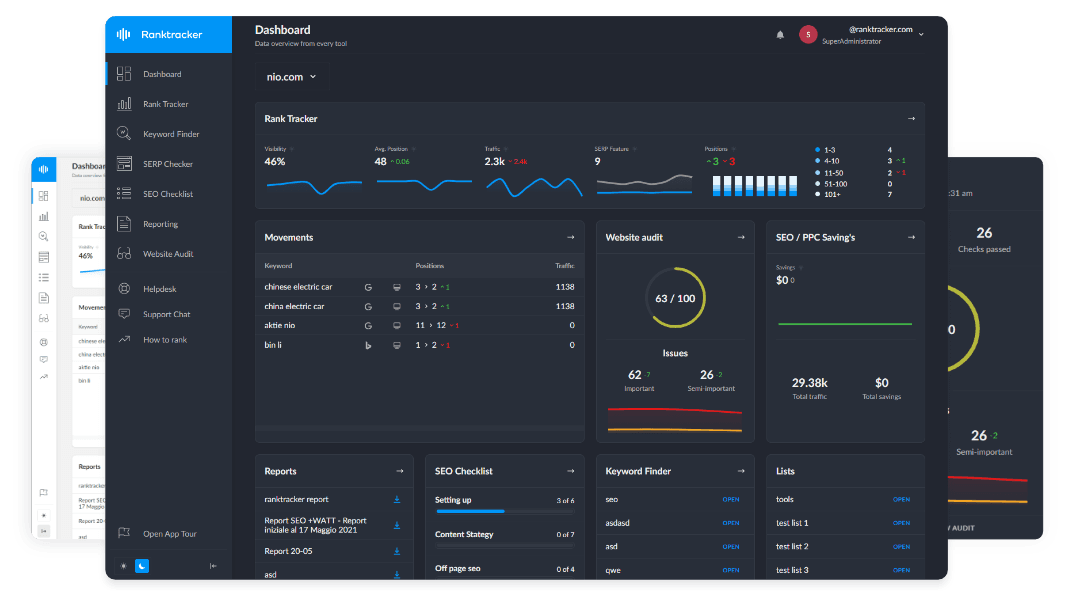Intro
There’s something kind of wild about watching a small-time creator hit millions of views from a totally different country than where they started. One week they’re uploading niche videos or quirky product reviews, and the next week they’re viral in Brazil, Japan, or Germany. But it’s not just luck. Many of these wins come from something surprisingly simple: they’re translating their content. And not just with subtitles slapped on after the fact, either. The smart ones are using AI translation tools to actually adapt their voices, personalities, and even humor into other languages.
That’s where this whole thing gets interesting. Because when you take content that’s already working and put it into the hands (and ears) of a bigger audience without changing its soul, you’re not just translating — you’re scaling. These tools are getting really good. Not perfect, not magical, but useful in a way that shifts everything for people who know how to use them.
But not every creator benefits equally from this technology. Some folks are seeing way more growth, reach, and revenue than others — and a lot of it has to do with the kind of content they make. If you're trying to figure out whether it's worth jumping in, or just curious who’s using this tech to its fullest, take a look at these six types of creators. They’re the ones currently winning the translation game and changing what it means to go global.
YouTubers Who Post Long-Form Educational Content
There’s a whole genre of YouTube creators who break things down in detail. They teach history, science, math tricks, tech tutorials — and their videos often run long. Some are former teachers, others are just really good at explaining things, but what they all have in common is content that’s meant to be understood deeply.
The thing about educational content is that it already has the bones for global reach. Math is math. Chemistry is chemistry. And if someone’s giving a clear, patient, well-organized explanation in English, odds are people in non-English-speaking countries want to learn that too. They just need access. That’s where AI translation tools open the door. These creators don’t have to rerecord hours of video in every language. They can use voice translation to keep their tone and personality intact while still making the material work in other languages. And the cool part? Their videos don’t just get watched. They get shared by teachers, students, and learners all over the world — which feeds back into their SEO strategy without extra hustle.
Podcasters Who Tell Stories With Personality
There’s a certain magic to a podcast that’s just one person with a mic, telling stories that pull you in. Whether it’s true crime, unsolved mysteries, relationship breakdowns, or slow-burn interviews, the draw is always in the voice — the way someone talks, not just what they say. These aren’t easy to translate well. Automated subtitles miss the point. You can’t capture sarcasm or tension or awkward pauses with text alone.
That’s why some of the smartest podcasters are turning to AI translation tools that actually clone their voice and then adapt it to other languages. Not in a robotic, flat way — in a “still sounds like me” kind of way. They’re finding that international audiences want that same intimacy and storytelling style, just in their own language. The result is something kind of intimate but massive: one person’s voice, now speaking to millions more people without having to record each version themselves. It saves time, it saves budget, and more importantly, it keeps the brand of the storyteller intact.
Some podcasters have even started experimenting with visual content versions — like animated clips or even syncing translated audio with footage to stretch their impact further. The mix of voice, tone, and visuals becomes a whole new kind of multilingual engagement. And when that happens, the translation becomes more than just practical — it becomes the growth engine.
Influencers Who Post AI-Enhanced Videos
Some influencers are ahead of the curve when it comes to tech — especially the ones who make fast, highly visual videos for platforms like TikTok and Instagram. You’ve probably seen them: they post makeup tutorials, product reviews, fitness hacks, or just oddly satisfying daily routines. These videos do insanely well with music and visuals, but once you add a voice — explaining what’s going on or hyping the product — the content becomes more personal. And if that voice can switch languages while keeping the same pacing and energy? It opens up a whole new layer of growth.
The All-in-One Platform for Effective SEO
Behind every successful business is a strong SEO campaign. But with countless optimization tools and techniques out there to choose from, it can be hard to know where to start. Well, fear no more, cause I've got just the thing to help. Presenting the Ranktracker all-in-one platform for effective SEO
We have finally opened registration to Ranktracker absolutely free!
Create a free accountOr Sign in using your credentials
That’s where tools like an AI video generator come into play. These influencers aren’t just adding subtitles. They’re creating entire alternate language versions of the same video, complete with voiceover that feels organic. The beauty of this approach is that it fits perfectly into their content flow. They don’t have to change much about their original video; they just run it through the tool, tweak it, and post the localized versions. And since these platforms prioritize watch time and engagement, content that speaks to someone directly in their language always performs better.
Even better, these videos often get pushed by algorithms in new regions where creators never had a foothold. The result? More visibility, more brand deals, and a serious edge over creators who are only posting in English.
Virtual Fitness Coaches and Wellness Creators
You know those creators who guide you through a 20-minute workout or talk you through breathwork or mindfulness routines? The ones who make you feel like you're in the room with them, even though they’re on a screen? Those folks are crushing it right now with AI translation tools, and not just because they want to help more people. They’re doing it because their kind of content needs emotional tone and rhythm to work. Text alone won’t cut it, and traditional dubbing feels like watching a dubbed soap opera.
That’s where something like an AI avatar generator takes things to the next level. These creators are starting to use tools that not only translate their voice into other languages, but also generate a synced video of their own face speaking that language. So it still feels like them — the same smile, same eye contact, same vibe — just in a completely different tongue. This tech isn’t perfect yet, but it’s good enough that people genuinely respond to it. And it’s especially powerful for health and wellness creators, where trust and connection matter just as much as what’s being said.
They’re building communities across borders and time zones, and they’re doing it without burning out or filming five versions of the same workout. That kind of scale — emotional, effective, and efficient — is exactly why this group is seeing some of the biggest gains from AI tools.
E-Commerce Entrepreneurs Who Make Product Videos
The creators who promote their own products — or run small online stores — often rely on video to sell. They show how something works, what it looks like in motion, or how it fits into everyday life. These videos are short, high-impact, and they live everywhere from Amazon product pages to Shopify storefronts to social reels.
The trick is that selling with video gets a whole lot easier when people understand you. Even better when they feel like you’re talking to them. So these small business creators are now using AI to take a single product demo and spin out five or six different language versions. Same video, same hand gestures, same everything — just with the audio adapted and sometimes even synced to the original lips. And yes, this has a direct effect on conversions.
People are more likely to buy from a face they trust, and that trust goes up when the face speaks your language clearly. What used to cost thousands of dollars and multiple film crews now takes a fraction of the time and budget. And that changes the whole game for small teams who want to look global without having to be global.
Course Creators and Online Educators
Last but definitely not least, the people building digital courses — whether they’re teaching software skills, art classes, language lessons, or business growth — are using AI to hit new markets like never before. Course creators are a natural fit for this tech because they usually already have full scripts, organized modules, and high-quality videos. They’ve done the hard part. Now, translation just unlocks the next step.
The difference with this group is that they care deeply about clarity. A course that’s been poorly translated becomes a customer service nightmare. So when AI tools offer not just subtitles but full voice cloning and regional nuance, they jump on it. It’s letting them offer the same quality experience to learners in completely different regions — and that’s good for business.
And just like that, one instructor in Atlanta or London or Cape Town can become the go-to expert in markets they’ve never even visited. They’re creating international classrooms from their laptops, and they’re using tech that finally makes that dream realistic — not just for big universities or mega-platforms, but for any solo creator with something valuable to teach.
The Takeaway
The shift isn’t happening someday. It’s happening now. These creators — from YouTubers and podcasters to wellness coaches and e-commerce sellers — are already reaping the benefits of smarter translation. They’re reaching people they couldn’t before, without losing their voice, their tone, or their edge. It’s not just about going viral. It’s about becoming understood. And when creators make that leap, they don’t just grow — they connect, everywhere.

